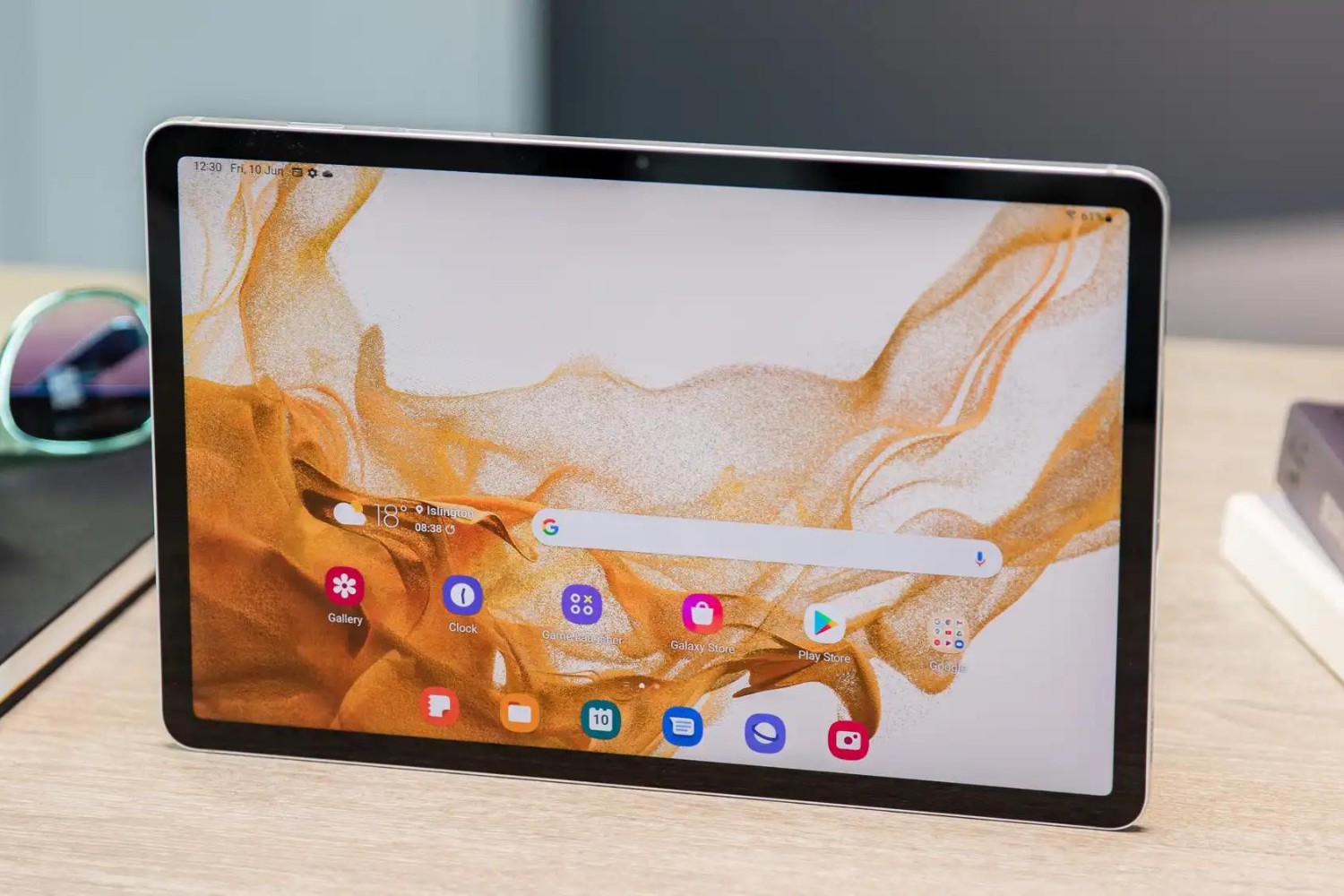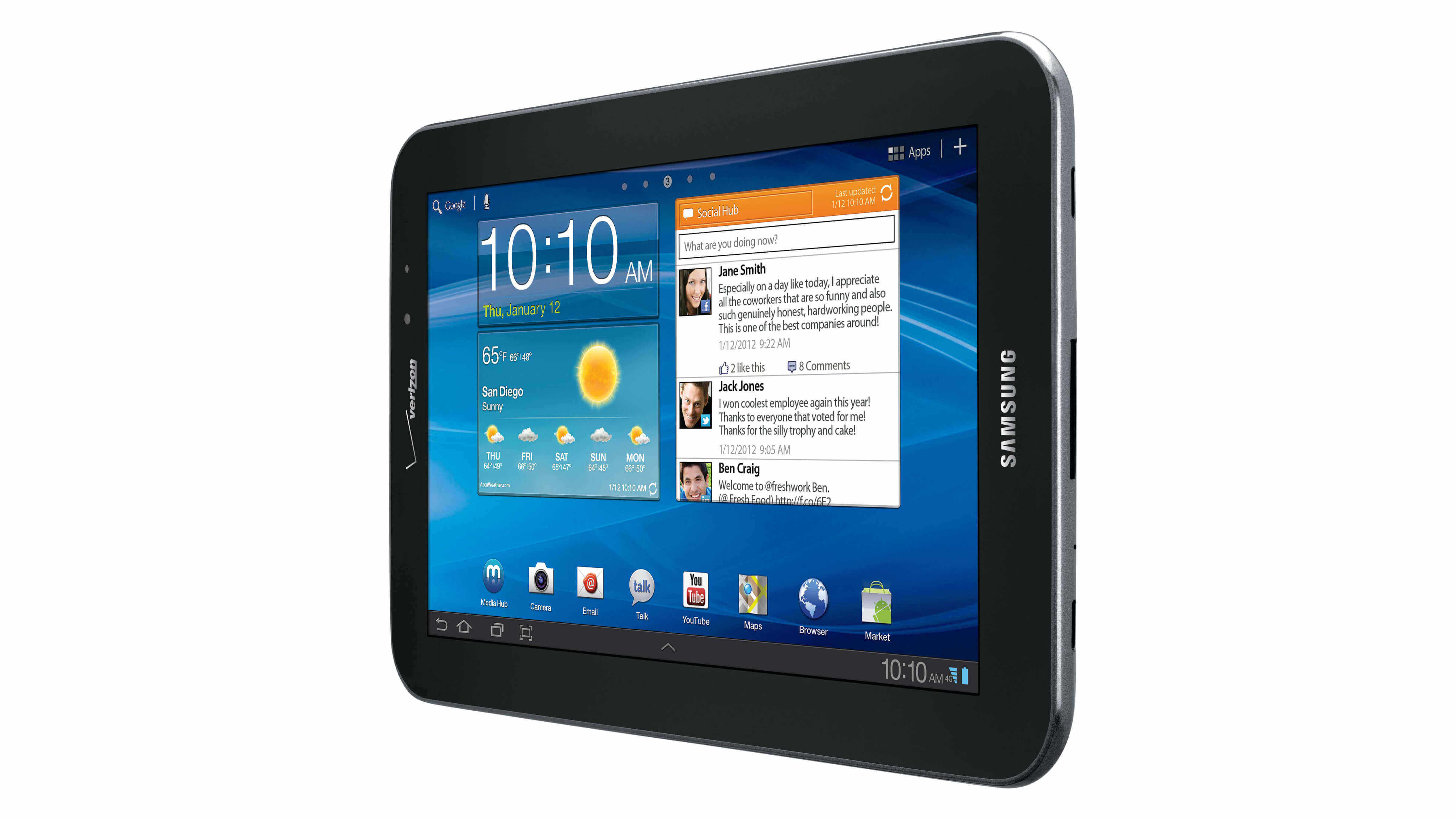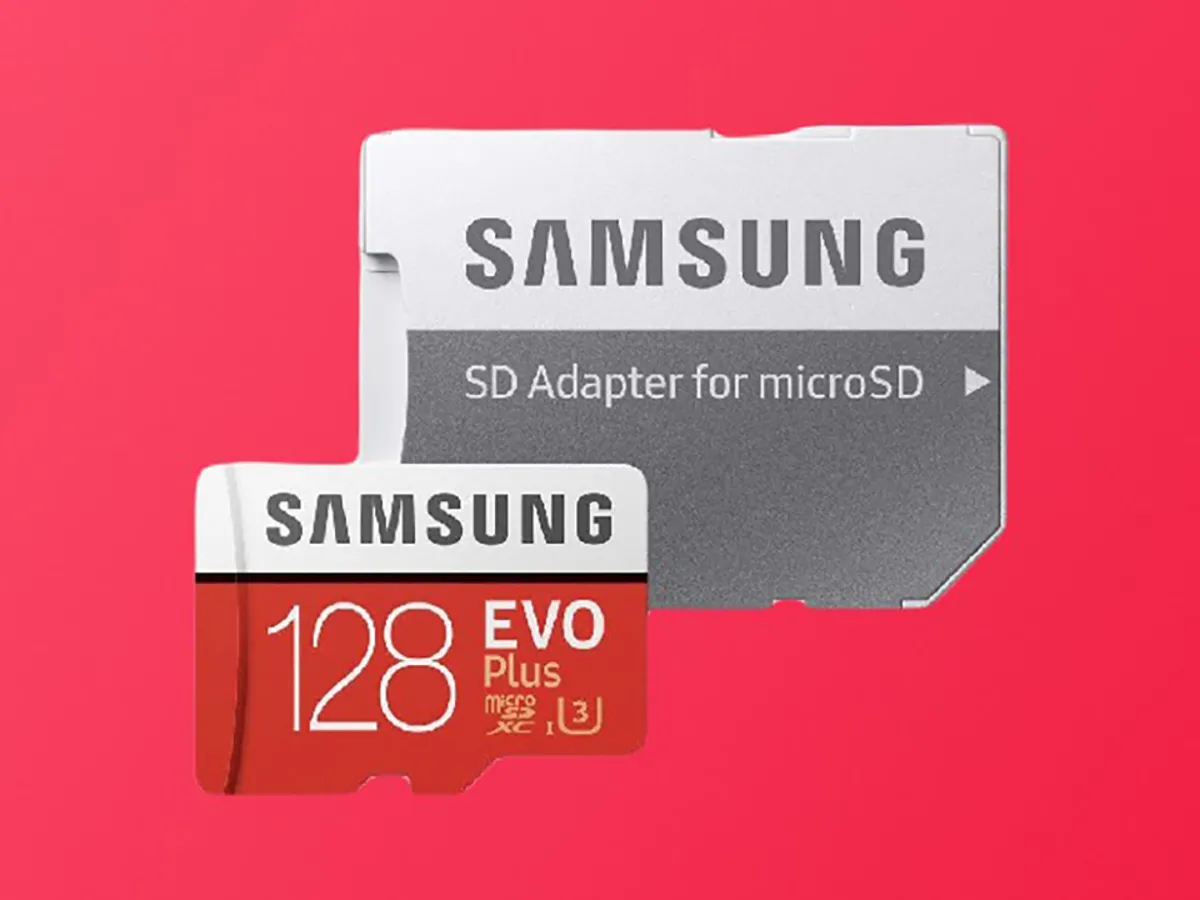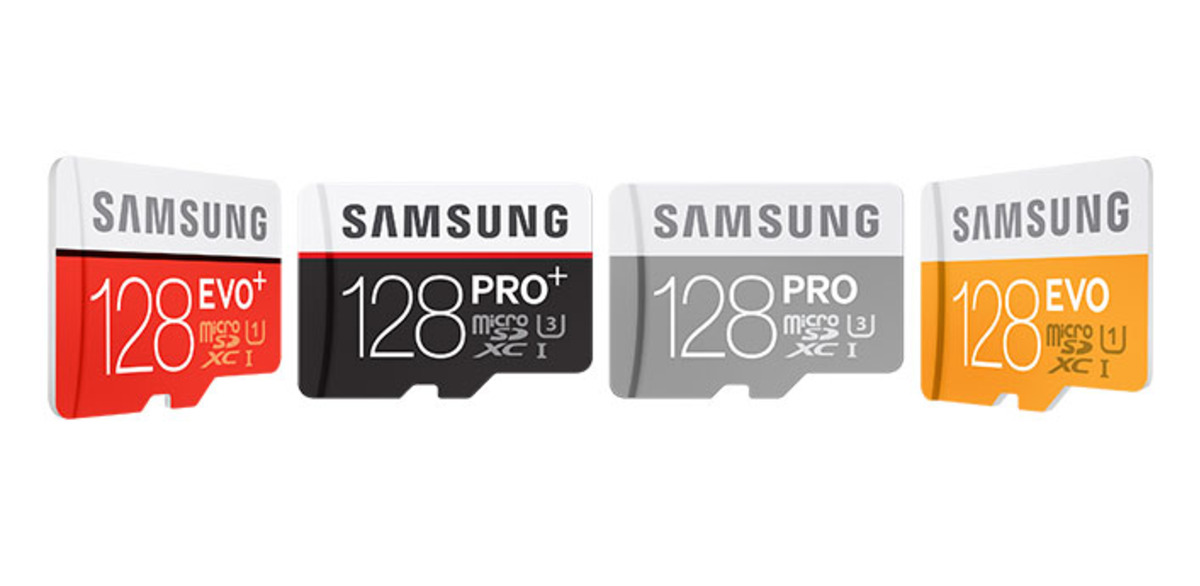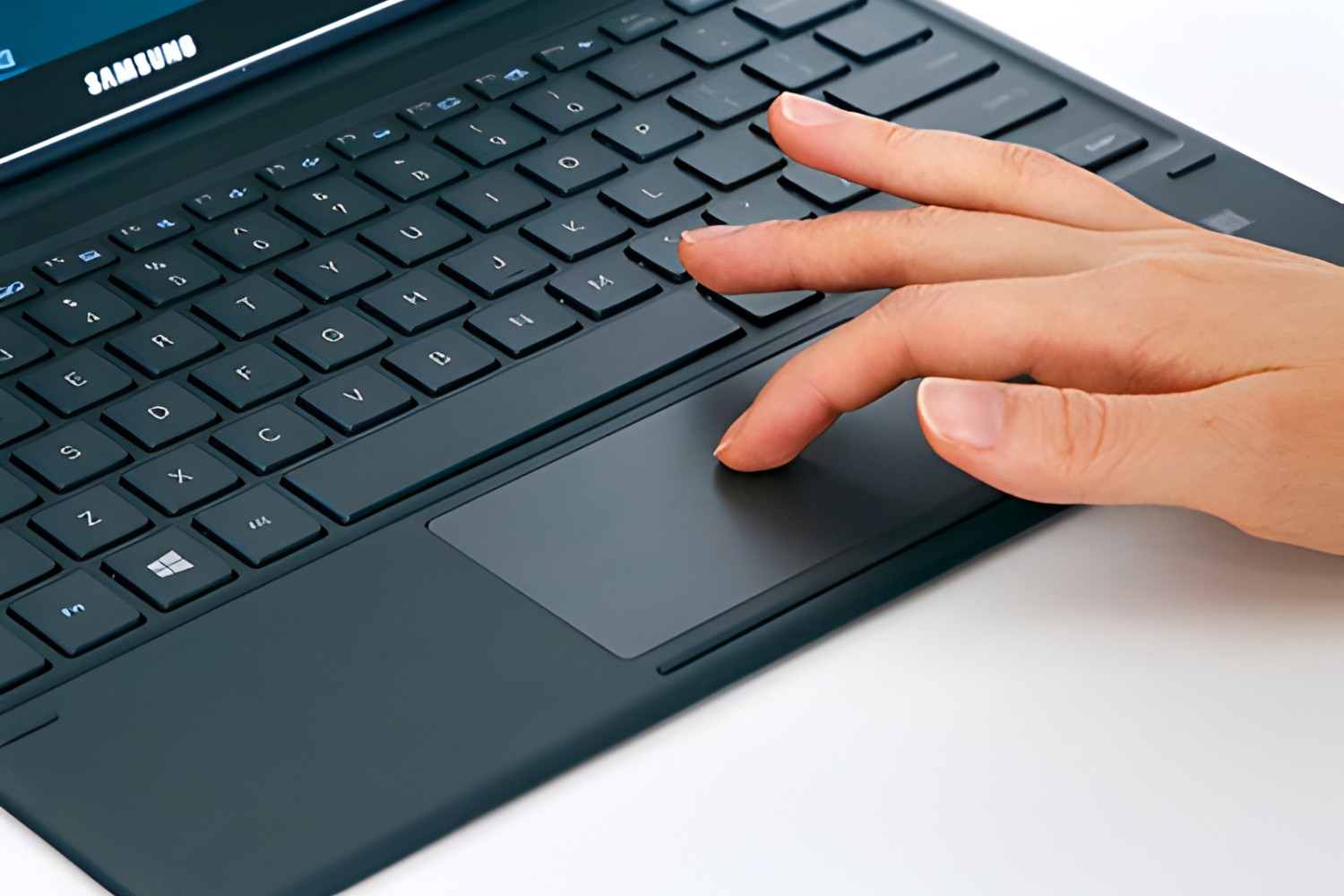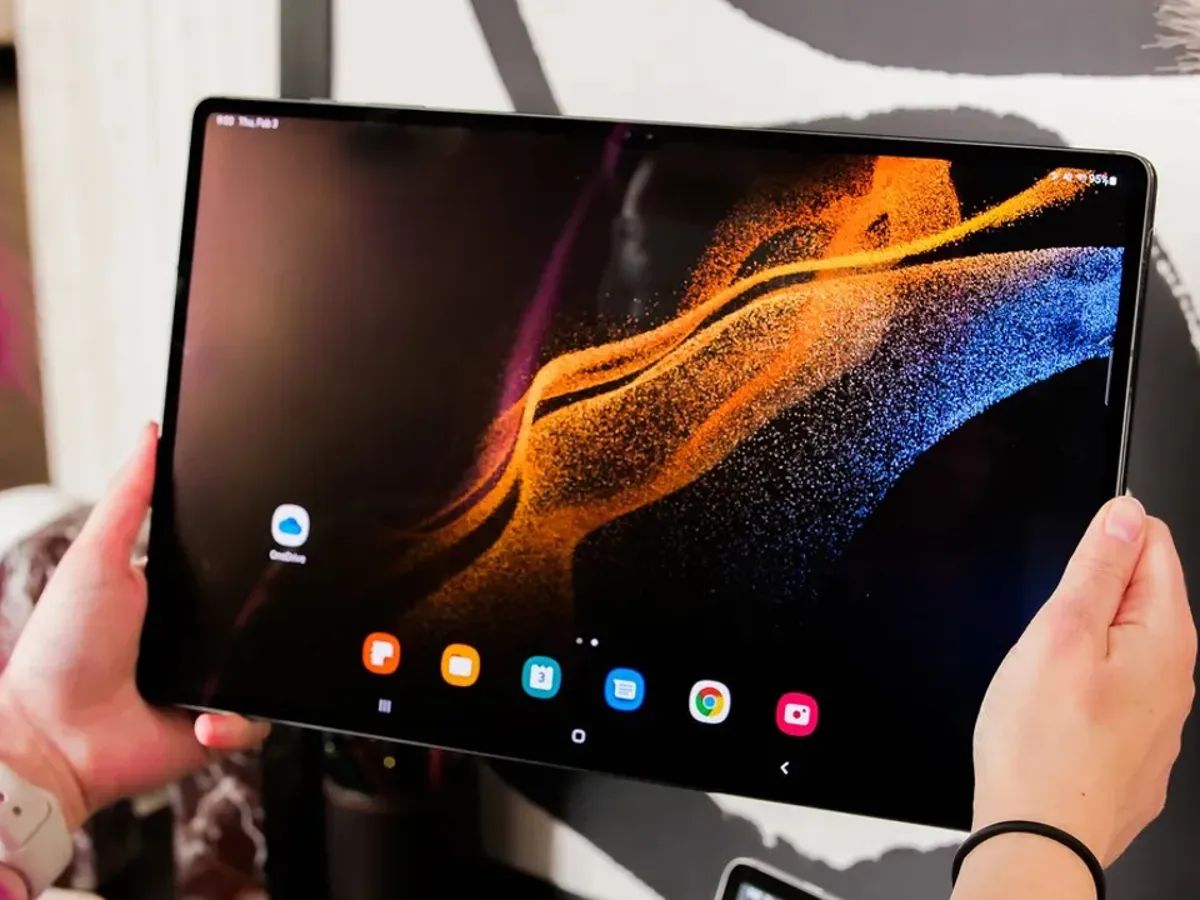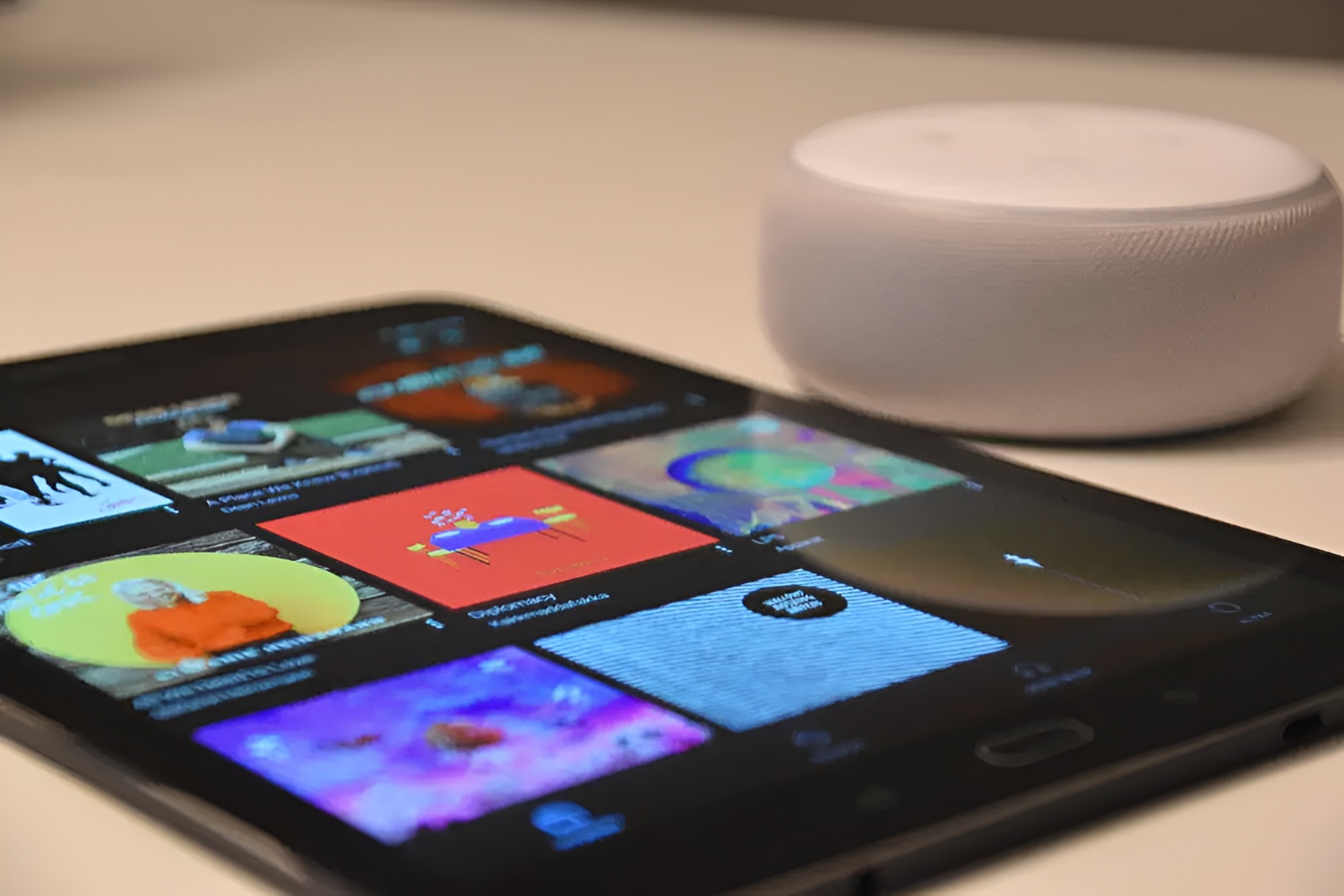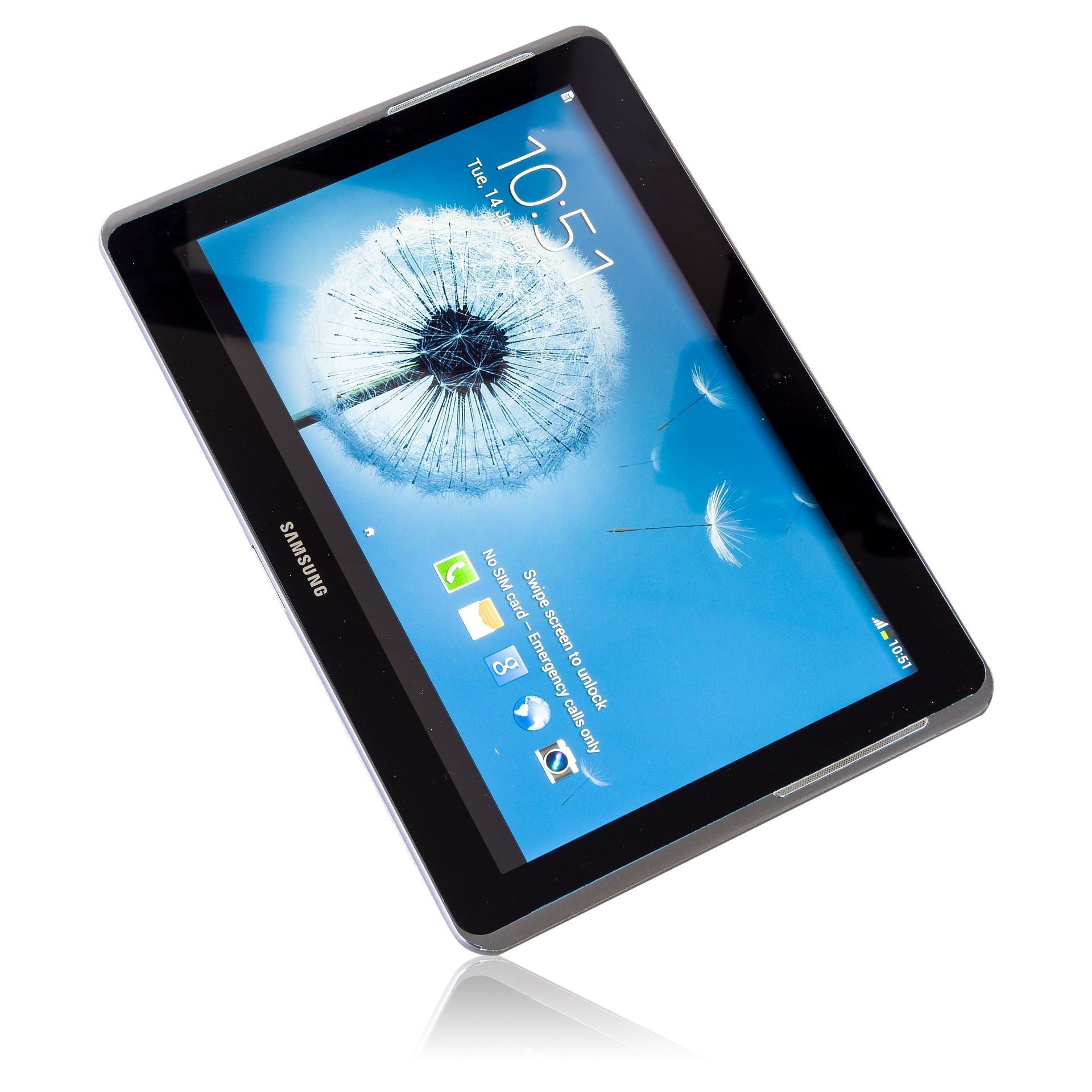Introduction
Welcome to this guide on how to speed up your Samsung tablet. Over time, tablets can become sluggish and slow down due to various factors such as app cache buildup, unnecessary background processes, outdated software, and more. Fortunately, there are several steps you can take to optimize the performance of your Samsung tablet and ensure a smooth and snappy user experience.
By following these tips and tricks, you’ll be able to improve the speed and responsiveness of your tablet, allowing you to enjoy your favorite apps, games, and activities without frustrating lag or delays. Whether you’re using a Samsung Galaxy Tab, Galaxy Tab S, or any other Samsung tablet model, these suggestions will help you maximize its potential.
In the following sections, we will explore various methods to speed up your Samsung tablet. We’ll start by clearing cache and data, which can accumulate over time and slow down your device. We’ll also discuss uninstalling unnecessary apps and limiting background processes to reduce resource consumption.
Additionally, we’ll delve into disabling animations and transitions, updating your tablet’s software, and removing widgets and live wallpapers that may contribute to sluggish performance. We’ll also cover the importance of closing unused apps and utilizing a high-speed MicroSD card to boost storage and overall system speed.
Lastly, we’ll examine the potential benefits of restarting or resetting your tablet to resolve any underlying software issues that might be impacting its performance. By following these steps, you’ll be well on your way to enjoying a faster and more efficient Samsung tablet.
Clearing Cache and Data
One of the most effective ways to speed up your Samsung tablet is by clearing the cache and data of apps. As you use various applications on your tablet, they accumulate cache files, which are temporary data that helps the apps run smoothly. However, over time, these cache files can become bloated and take up valuable storage space, thereby slowing down your tablet.
To clear the cache and data of apps on your Samsung tablet, follow these steps:
- Go to “Settings” on your tablet.
- Scroll down and tap on “Apps” or “Applications”.
- Select the app from the list that you want to clear the cache and data for. For example, if you are experiencing sluggishness in a particular game, choose that game from the list.
- Once you’re on the app’s information page, you will see options such as “Storage” or “Memory”. Tap on it.
- Tap on “Clear cache” to remove the temporary data stored by the app.
- If you want to free up even more space, you can also tap on “Clear data” or “Clear storage”. However, keep in mind that clearing data will erase any personalized settings or saved data within the app.
Repeat these steps for other apps on your tablet to clear their cache and data as well. This will not only free up storage space but also potentially resolve any performance issues caused by bloated cache files.
It is worth noting that clearing cache and data is a regular maintenance task that you should perform periodically to keep your tablet running smoothly. By doing so, you can ensure that your tablet is not overwhelmed with unnecessary data and can perform at its optimal speed.
Clearing cache and data of apps is a great first step towards optimizing the performance of your Samsung tablet. However, if you’re still experiencing slow performance after clearing cache and data, there are other methods that we will explore in the following sections.
Uninstalling Unnecessary Apps
Is your Samsung tablet cluttered with a plethora of apps that you rarely or never use? If so, it’s time to declutter and uninstall unnecessary apps to speed up your tablet. Every app installed on your device takes up valuable storage space and can potentially run background processes, which can slow down overall performance.
To uninstall unnecessary apps from your Samsung tablet, follow these steps:
- Go to the “Settings” menu on your tablet.
- Scroll down and tap on “Apps” or “Applications”.
- Select the app you want to uninstall from the list.
- Tap on the “Uninstall” or “Remove” button.
- Confirm the uninstallation when prompted.
Repeat these steps for any other apps that you want to remove from your tablet. By uninstalling unused or unnecessary apps, you not only free up storage space but also reduce the number of background processes running on your device, which can contribute to a faster and more efficient performance.
While going through your apps, be mindful of pre-installed system apps, as some may be necessary for the proper functioning of your tablet. It’s best to research the app to understand its functionality before uninstalling it.
In addition to freeing up storage space and improving performance, uninstalling unnecessary apps also has the added benefit of simplifying your tablet’s interface, making it easier to navigate and find the apps you actually use. Take some time to review your installed apps and remove any that are no longer needed or haven’t been used in a while.
Remember, it’s important to regularly review and uninstall unnecessary apps to keep your tablet running smoothly. By removing apps that you no longer use, you can optimize your tablet’s performance and enhance your overall user experience.
Limiting Background Processes
Background processes running on your Samsung tablet can consume valuable system resources and contribute to slower performance. These processes are typically associated with apps running in the background, syncing data, or performing other tasks without your active interaction. By limiting the number of background processes, you can allocate more resources to the tasks and apps that you actively use, thereby improving overall tablet speed.
To limit background processes on your Samsung tablet, follow these steps:
- Go to the “Settings” menu on your tablet.
- Scroll down and tap on “Developer options”. If you don’t see this option, go to “About device” and tap on the “Build number” 7 times to enable developer options.
- Once you’re in the Developer options menu, scroll down and look for “Background process limit” or “Limit background processes”.
- Select the desired limit. The available options may vary depending on your tablet’s model and software version. As a general guideline, choosing a lower limit, such as “1” or “2”, will reduce the number of background processes, while a higher limit, such as “Standard limit” or “No background processes”, will allow more processes to run in the background.
- Exit the Developer options menu.
By limiting background processes, you’re preventing unnecessary apps from running in the background, freeing up valuable system resources and improving the overall responsiveness of your Samsung tablet.
Keep in mind that limiting background processes may affect certain apps’ functionality, particularly those that rely on background tasks, notifications, or syncing data. If you notice any issues with specific apps after limiting background processes, you can always revert to the default or higher limit to restore their functionality.
Regularly reviewing and adjusting the background process limit can help you maintain optimal performance on your Samsung tablet. Experiment with different limits to find the balance that works best for your needs, ensuring that your tablet remains efficient and fast while still accommodating necessary background tasks.
Disabling Animations and Transitions
Animations and transitions may enhance the visual appeal of your Samsung tablet, but they can also contribute to slower performance. Disabling or reducing these effects can help improve the speed and responsiveness of your tablet’s user interface. By reducing the animation duration or completely disabling animations and transitions, you can allocate more system resources to running apps and tasks, resulting in a snappier experience overall.
To disable or reduce animations and transitions on your Samsung tablet, follow these steps:
- Go to the “Settings” menu on your tablet.
- Scroll down and tap on “Developer options”. If you don’t see this option, go to “About device” and tap on the “Build number” 7 times to enable developer options.
- In the Developer options menu, look for “Window animation scale”, “Transition animation scale”, and “Animator duration scale”.
- Tap on each of these options and select “Animation off” or adjust the scale to a lower setting. Alternatively, you can choose to disable only certain animations if desired.
- Exit the Developer options menu.
By disabling or reducing animations and transitions, you’re reducing the visual effects that occur when opening or closing apps, swiping between screens, or navigating through your tablet’s interface. While this may result in a less visually appealing experience, it can significantly enhance the speed and responsiveness of your tablet.
Remember that disabling animations and transitions is a personal preference, and you may find that a balance between speed and visual effects works best for you. You can always revisit the Developer options menu and adjust the animation settings according to your preferences.
Disabling animations and transitions is a quick and easy way to give your Samsung tablet a speed boost. By eliminating unnecessary visual effects, you’ll be able to enjoy a faster and more efficient tablet experience without sacrificing important functionality.
Updating Software
Keeping your Samsung tablet’s software up to date is essential for optimal performance. Software updates typically include bug fixes, security patches, and optimizations that can improve the speed and stability of your tablet. By regularly updating your tablet’s software, you can ensure that you are benefiting from the latest improvements and enhancements.
To check for and install software updates on your Samsung tablet, follow these steps:
- Go to the “Settings” menu on your tablet.
- Scroll down and tap on “Software update”.
- Tap on “Download and install” or “Check for updates”.
- If an update is available, follow the on-screen instructions to download and install it. Keep in mind that the update process may take some time, depending on the size of the update and your internet connection speed.
- If no update is available, make sure to regularly check for updates as they may become available at a later time.
Updating your tablet’s software not only enhances performance but also ensures that you have the latest security patches to protect your device from potential vulnerabilities. It’s important to note that some updates may also include performance improvements specific to your tablet model.
In addition to the system software updates, make sure to keep your installed apps up to date. Open the Google Play Store or Samsung Galaxy Apps store and check for updates regularly. Updated apps often include bug fixes and performance enhancements, which can contribute to a smoother experience on your tablet.
By staying vigilant and updating your tablet’s software and apps, you’ll be able to enjoy the latest features, heightened security, and improved performance. Make it a habit to check for updates regularly, ensuring that your Samsung tablet is running on the latest and most efficient software version.
Removing Widgets and Live Wallpapers
Widgets and live wallpapers can add visual appeal and functionality to your Samsung tablet’s home screen. However, having too many widgets or live wallpapers can impact the performance of your tablet, as they consume system resources such as CPU, memory, and battery power. By removing unnecessary widgets and live wallpapers, you can streamline your tablet’s interface and improve its overall speed.
To remove widgets from your Samsung tablet’s home screen, follow these steps:
- Long-press on the widget you want to remove.
- Drag the widget to the “Remove” or “Delete” option that appears at the top or bottom of the screen.
- Release your finger to remove the widget from the home screen.
Repeat these steps for any other widgets you want to remove. Keep in mind that removing a widget from the home screen doesn’t uninstall the associated app. It only removes the widget from the screen, freeing up system resources.
To remove live wallpapers from your Samsung tablet, follow these steps:
- Go to the “Settings” menu on your tablet.
- Scroll down and tap on “Wallpapers and themes”.
- Tap on “Wallpapers”.
- Select the live wallpaper you want to remove from the list.
- Tap on “Delete” or “Remove”.
- Confirm the deletion when prompted.
Removing unnecessary widgets and live wallpapers can help declutter your home screen and improve the overall performance of your Samsung tablet. By reducing the number of active widgets and live wallpapers, you’re freeing up system resources for more essential tasks and apps.
Remember, you don’t have to completely eliminate all widgets or live wallpapers from your tablet. It’s about finding a balance that fits your needs while ensuring optimal performance. Consider keeping only the most useful widgets and wallpapers and removing the ones that you rarely interact with or that consume considerable system resources.
By removing unnecessary widgets and live wallpapers, you can declutter your tablet’s interface, optimize its performance, and enjoy a faster and smoother user experience.
Closing Unused Apps
Having multiple apps running in the background can impact the performance of your Samsung tablet. Even if you’re not actively using them, these apps consume valuable system resources such as RAM and CPU power. By closing unused apps, you can free up system resources and improve the overall speed and responsiveness of your tablet.
To close unused apps on your Samsung tablet, follow these steps:
- Tap the Recent Apps button or swipe up from the bottom of the screen to access the Recent Apps menu.
- Swipe left or right to navigate through the list of recently used apps.
- Swipe up or down on an app thumbnail to close it.
If your tablet has a dedicated task manager or a close-all button in the Recent Apps menu, you can use that option to close all running apps at once. Alternatively, you can long-press on an app thumbnail and select “Close all” or a similar option.
Regularly closing unused apps helps prevent them from running in the background and using up valuable system resources. It’s especially important to close resource-intensive apps such as games or apps that perform constant background syncing.
It’s worth noting that Android’s memory management system is designed to intelligently manage apps in the background. It may keep certain apps in memory to improve overall efficiency and speed up app switching. However, closing unused apps can still provide performance benefits, especially if you have limited RAM or are experiencing sluggishness on your tablet.
In addition to manually closing apps, you can also enable the “Don’t keep activities” or “Force close” option in the Developer options menu. However, this option may cause apps to restart more frequently, potentially affecting your workflow and app experience. Hence, use this option with caution and only if you’re experiencing significant performance issues.
By closing unused apps, you can optimize the performance of your Samsung tablet, ensuring that system resources are allocated to the apps and tasks that you actively use. Make it a habit to periodically review and close unused apps, helping your tablet run smoothly and efficiently.
Using a High-Speed MicroSD Card
If your Samsung tablet supports expandable storage, using a high-speed MicroSD card can greatly improve its performance. A fast and reliable MicroSD card allows for quicker access to stored data and can enhance the overall speed and responsiveness of your tablet.
When choosing a high-speed MicroSD card for your Samsung tablet, consider the following factors:
Class Rating:
The class rating of a MicroSD card indicates its minimum sustained write speed. Look for Class 10 or UHS Speed Class 1 (U1) cards for optimal performance. These cards are designed to handle data-intensive tasks efficiently, such as running apps and storing multimedia files.
Read and Write Speeds:
The read and write speeds of a MicroSD card determine how quickly data can be transferred to and from the card. Faster read and write speeds allow for faster loading of apps and accessing files. Look for MicroSD cards with higher read and write speeds to ensure smooth and efficient performance.
Capacity:
Choose a MicroSD card with a suitable capacity based on your storage needs. Ensure that it has enough space to store your apps, files, and media without running out of storage. Having ample storage capacity will prevent your tablet from slowing down due to limited internal storage availability.
Brand and Reliability:
Stick to reputable brands when choosing a MicroSD card. Reliable brands often have better performance, durability, and customer support. Check for reviews and ratings to determine the reliability of the brand and the specific MicroSD card model.
Once you have a high-speed MicroSD card, insert it into your tablet, following the manufacturer’s instructions. Most Samsung tablets have a dedicated slot for inserting the MicroSD card. Once inserted, you can transfer apps and media files from the internal storage to the MicroSD card to free up space and potentially improve performance.
It’s important to note that while a high-speed MicroSD card can boost the performance of your tablet, there may be slight differences compared to using internal storage. Internal storage is generally faster and more reliable than external storage. However, using a high-speed MicroSD card is an excellent option for expanding storage and optimizing performance, especially if your tablet has limited internal storage capacity.
Regularly monitor the storage space on both the internal storage and MicroSD card to ensure that you have sufficient space available. If the MicroSD card becomes nearly full, consider deleting unnecessary files or moving them to another storage device to maintain optimal performance.
By using a high-speed MicroSD card, you can increase the storage capacity of your Samsung tablet while improving its overall speed and performance. Enjoy the benefits of expanded storage and a more responsive tablet experience.
Restarting or Resetting the Tablet
If you’re experiencing persistent performance issues or your Samsung tablet is freezing or behaving erratically, restarting or resetting the device can help resolve underlying software issues and improve overall performance. Restarting your tablet is a simple and quick solution, while performing a factory reset should be considered as a last resort, as it will erase all data on your tablet.
Restarting Your Tablet:
To restart your Samsung tablet, follow these steps:
- Press and hold the power button until the power menu appears on the screen.
- Tap on “Restart” or “Reboot”.
- Wait for your tablet to turn off and then automatically restart.
This process clears the tablet’s temporary memory and restarts all system processes, which can help resolve minor software issues that may be causing performance problems.
Performing a Factory Reset:
A factory reset should only be considered as a last resort if all other methods have failed to improve the performance of your Samsung tablet or if you want to start fresh with a clean system. Performing a factory reset will erase all data and settings on your tablet, so make sure to back up any important files before proceeding. To perform a factory reset, follow these steps:
- Go to the “Settings” menu on your tablet.
- Scroll down and tap on “General management”.
- Select “Reset” or “Reset options”.
- Tap on “Factory data reset” or “Factory reset”.
- Review the information and select “Reset” or “Reset device”.
- Enter your password or PIN if prompted.
- Tap on “Delete all” or “Reset” to confirm the reset process.
After performing a factory reset, your Samsung tablet will be restored to its original factory settings. You will need to set it up again, reinstall apps, and restore your data from a backup, if available. This process can help eliminate any persistent software issues and provide a fresh start for improved tablet performance.
Before performing a factory reset, ensure that you’ve exhausted all other troubleshooting methods and have backed up all important data. It’s also advisable to consult your tablet’s user manual or the manufacturer’s support documentation for specific instructions and recommendations.
Restarting or resetting your Samsung tablet can be an effective way to resolve software issues and improve performance. Restarting is a simple option that can often solve minor glitches, while performing a factory reset should be used as a last resort when all other methods have failed. Choose the appropriate method based on the severity of the issues you’re experiencing, and enjoy a refreshed and improved tablet experience.
Conclusion
In conclusion, optimizing the speed and performance of your Samsung tablet is crucial for a smooth and enjoyable user experience. By following the steps outlined in this guide, you can enhance the performance of your tablet and ensure that it remains fast and responsive for all your digital activities.
We started by clearing the cache and data of apps, removing unnecessary apps, and limiting background processes. These actions help free up valuable storage space and system resources, allowing your tablet to run more efficiently.
Disabling animations and transitions can also contribute to a speedier experience, as it reduces the visual effects that can slow down your tablet’s interface. Updating your tablet’s software and keeping your apps up to date are essential for security enhancements, bug fixes, and overall system optimization.
By removing unnecessary widgets and live wallpapers, you can declutter your home screen and reduce the resources allocated to unnecessary visual elements, further improving your tablet’s performance.
Using a high-speed MicroSD card expands your storage capacity and ensures faster data access, especially when running apps or accessing media files. Lastly, if you’re experiencing persistent issues, restarting your tablet or performing a factory reset can help resolve underlying software problems.
Remember to find a balance between optimizing performance and personal preferences. Evaluate your tablet’s performance periodically and make adjustments as needed based on your usage patterns and needs.
By implementing these measures and regularly maintaining your Samsung tablet’s performance, you can enjoy a fast and efficient device for all your digital tasks, from browsing the web to playing games and everything in between.







